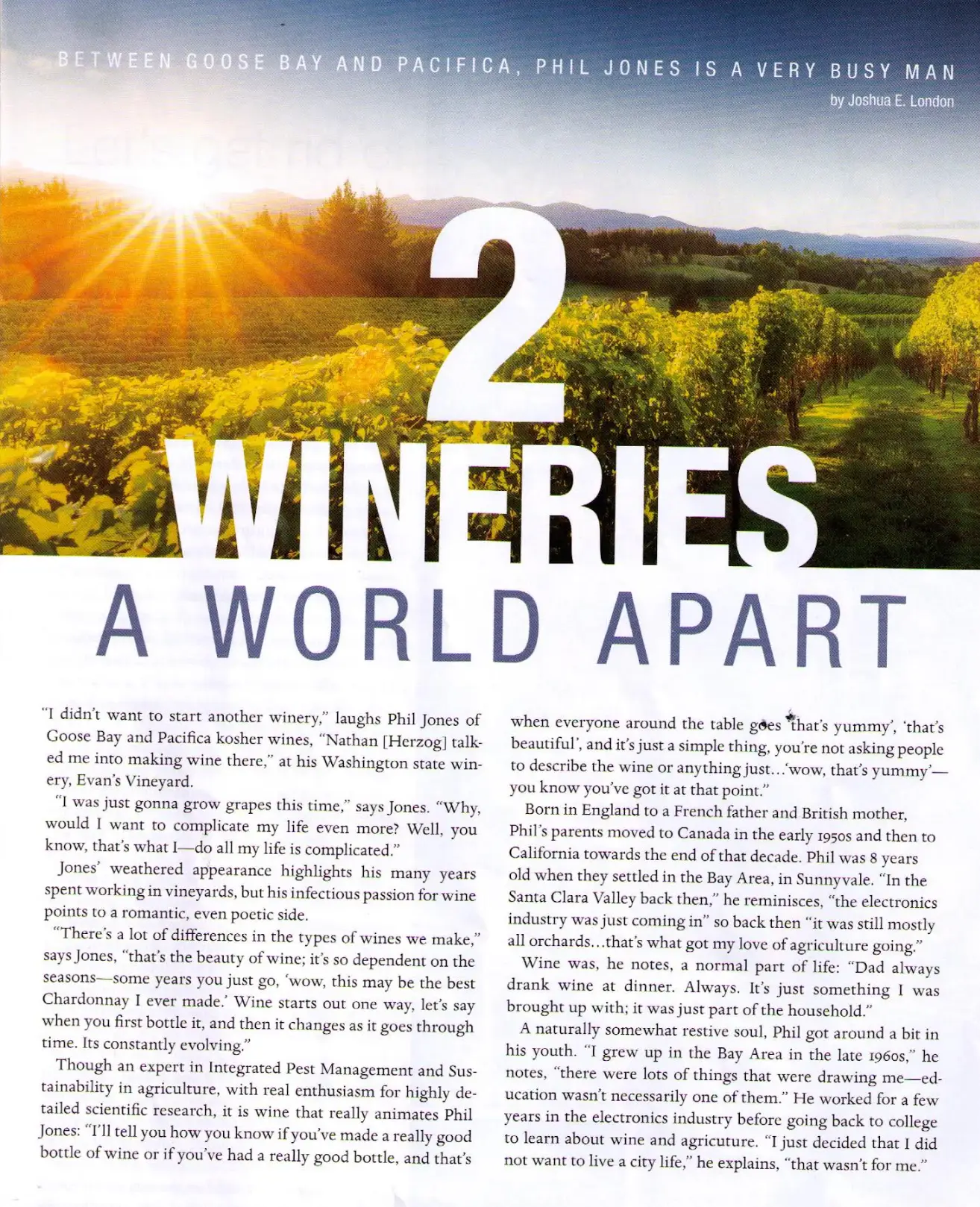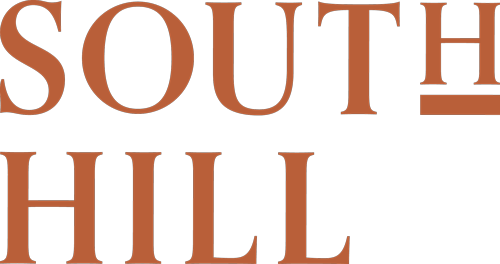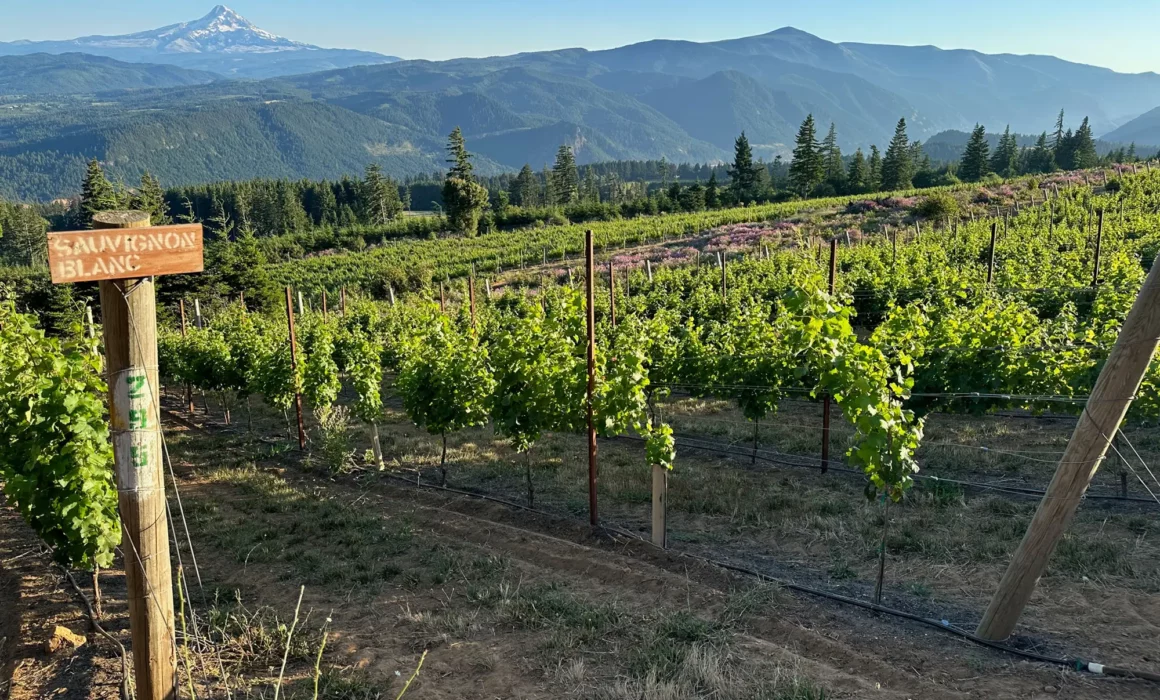Comparing Winemaking in New Zealand and Washington’s Columbia Gorge
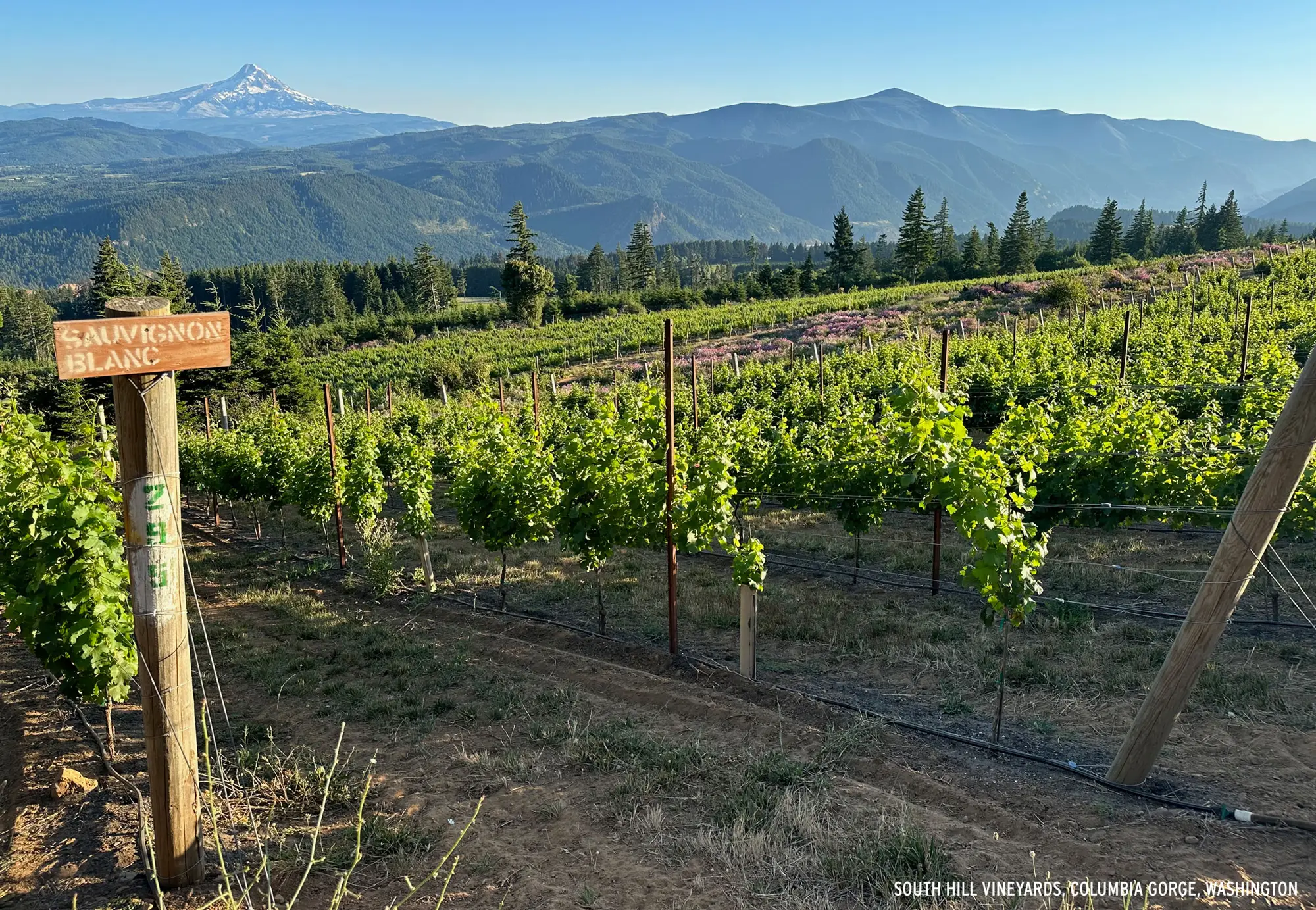
Crossing Hemispheres: A Winemaker’s Insight into Crafting Wine in New Zealand and the Columbia Gorge
South Hill Winery in Washington’s Columbia Gorge has unique ties to New Zealand. Owners Phil & Sheryl Jones owned a successful winery in New Zealand for years before starting their Columbia Gorge Winery in the early 2000s. This interview explores what drew them to Washington and how winegrowing and winemaking in the Columbia Gorge compares to winemaking in New Zealand.
What inspired you to transition from winemaking in New Zealand to establishing a winery in the Columbia Gorge region of Washington?
The winery had achieved significant success in New Zealand, and we were eager for a new venture. We believed it was the perfect moment to buy a property in the USA where we could establish a vineyard, grow grapes, and make wine. This would not only offer a location for our family to visit a few times a year but also introduce our two sons to life in the USA. In our search for property we looked at Northern California, the Willamette Valley and considered parts of Washington. We initially had missed looking at the Hood River area until a friend that lived there emailed me and said I should look. I had previously visited Hood River early in my career when I was conducting contract research work as a consultant. In the 1970s there were very few acres of vines in the area and not many in the Willamette either.
Upon visiting Hood River in late 2004 we were struck by the beauty of the area and the newly established vineyards and wineries. We kept looking at Underwood Mountain as it fit my idea of an elevated south slope for vineyards. A site that would be similar in growing conditions to New Zealand….cool climate because of its altitude as Underwood is almost 2000 feet elevation.
Once I saw the Celilo Vineyard that had been planted in the late 1970s, and was able to taste some wines made from those grapes I knew we had found a place. Luckily the 80 acre piece the winery is now on was available as raw land at a reasonable price and a deal was struck. We also bought another 20 acres down the street that we eventually planted to vines and then sold.
Can you share any specific techniques or traditions from New Zealand that influence your winemaking philosophy in the Columbia Gorge?
We do things quite different from many typical winemakers both in New Zealand and at Underwood. In the vineyard we use Pest Management strategies that I was taught at the University of California. We monitor for all pests and only spray when we see them in a sufficient quantity to cause damage. We spray far less than even organic farmers who still routinely spray by calendar. This saves money and reduces pesticide residues. We use large amounts of compost and supplement only when needed with foliar and other chemical fertilizers. We might irrigate 1-2 times a year but only in very dry years to keep the vines healthy. We do not agree with a widespread concept that stressed grapes provide better fruit. Stressed grapes produce out of balance wines which then require adjustments to be made by the winemaker.
Our approach to wine making is a bit different. White wines are fermented very cold, almost to the point of killing the yeast. This provides a very long ferment sometimes lasting 5-6 weeks. This saves all the fruit flavors especially in weak flavoured vines like Pinot Gris and Sauvignon Blanc. This extended ferment allows longer lees contact giving weight and texture to the wines.
The reds are fermented in a closed bag system that does not require any plunging of the skins. The system provides huge extraction but minimises harsh tannins from developing. All our reds have a soft, rounded finish.
Oak barrels are not used. Instead we use premium oak staves obtained from the barrel manufactures. These are placed inside the tanks. This method provides us with clean wood each year that has no potential for contamination such as you might get in old barrels. It also allows us to fine tune the amount and type of oak we wish to use. We started using staves 30 years ago in New Zealand with some criticism that they should be used only for cheap wine. That criticism disappeared when we won Champion Chardonnay in the World at The International Wine & Spirits Competition in London and many other trophy’s after that in Hong Kong, San Francisco, Auckland, New York and other places. We feel we are experts in using that technique for premium wines.

Winemaker Phil Jones in New Zealand, 1998
What similarities and differences do you find between the terroir of New Zealand and the Columbia Gorge, and how do these factors shape the wines you produce?
New Zealand is more of a marine climate with sea breezes making temperatures much cooler than Australia or Washington. It has a thinner ozone layer that allows certain light rays through that extend the season allowing grapes and other fruit to ripen…..but only earlier season grapes for the most part.
Underwood is higher in elevation providing cooler temperatures required for quality cool climate grapes. Like New Zealand, the season is just long enough to grow cool season grapes. Our New Zealand vineyard areas in Nelson and at Underwood have deep enough soils to grow grapes with minimal irrigation.
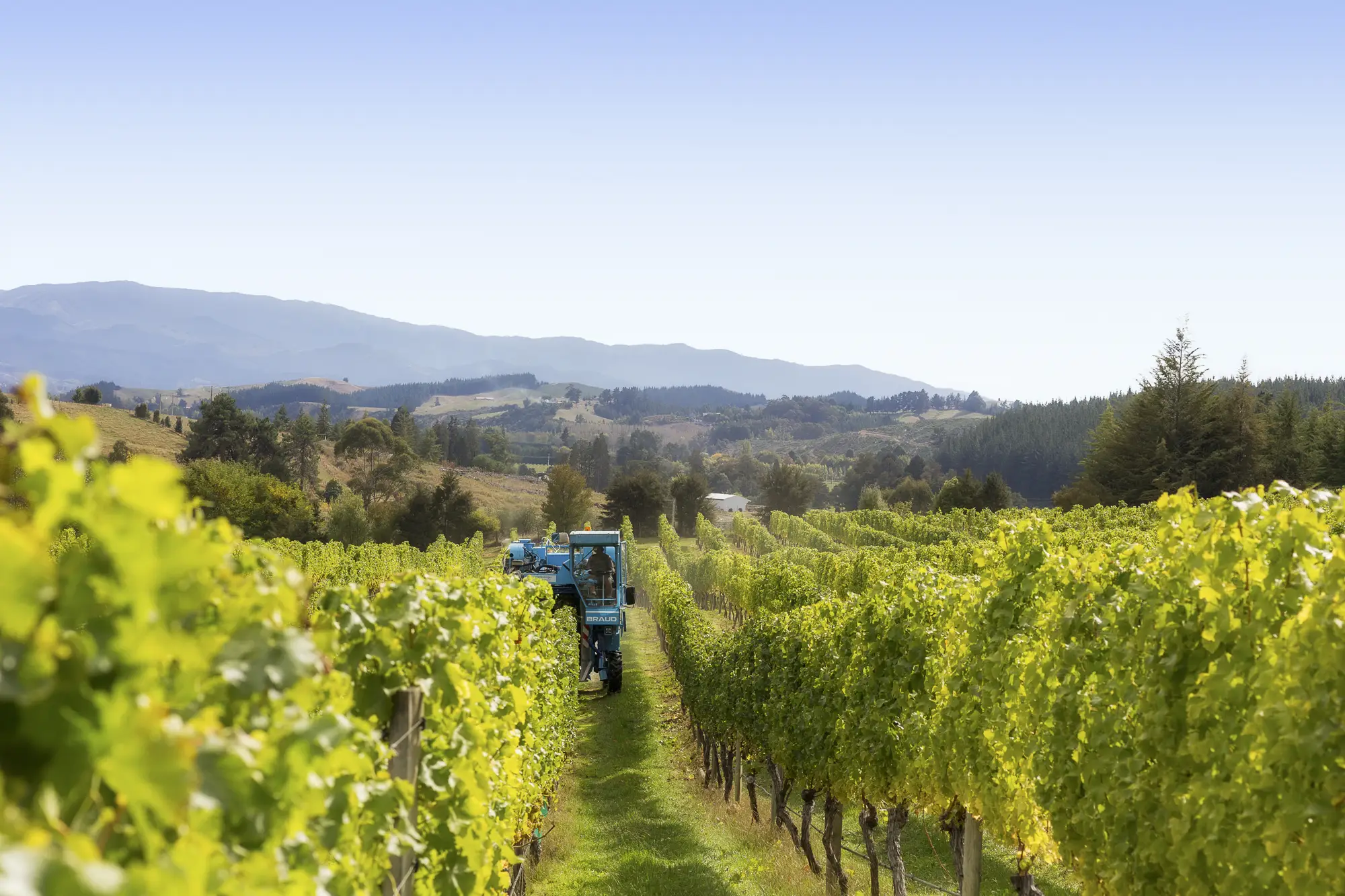
New Zeland Vineyard
Are there any particular grape varietals that you believe thrive exceptionally well in both regions, or do you focus on different varietals in each location?
Almost the same varietals in both areas. Pinot Noir, Pinot Gris, Sauvignon Blanc, Chardonnay, Riesling and Gamay Noir grow well in cool climate areas. There are a few other varieties that can grow in these areas but may not be commercially viable.
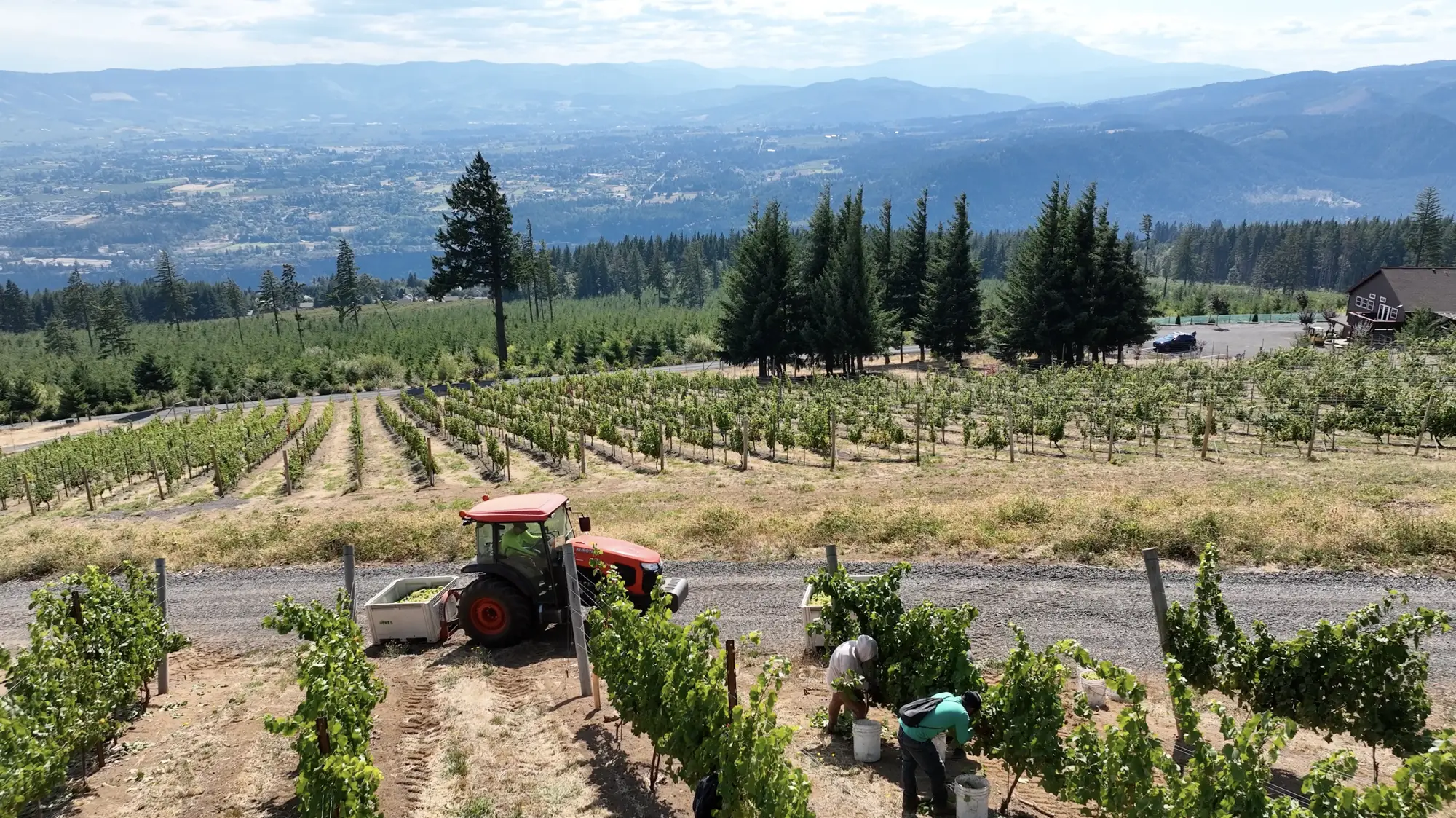
Harvesting Fruit in Washington’s Columbia Gorge, South Hill Vineyards
Have you encountered any challenges or surprises in adapting your winemaking practices from New Zealand to Washington?
More so in the vineyard. Grafting techniques are different for what ever reason we cannot understand. Disease control is more difficult in New Zealand as it typically rains a lot around harvest. We used mechanical harvest more in our New Zealand vineyards due to labor shortages. We use hand pick for everything at Underwood. Wine making is similar.
What role does sustainability play in your wine making approach, and how do you integrate sustainable practices into both your New Zealand and Washington operations?
In New Zealand we are part of the Sustainability Program that is nationwide for both Vineyards and Wineries. We follow certain guidelines and are audited each year for compliance.
We follow these same guidelines in our Underwood operations although we are not part of the new coalition recently started in Washington State. We prefer to wait and see how the Washington State Sustainability program turns out prior to consider joining it. In the meantime we proceed to use most of the Sustainability practices learned at university and in New Zealand. We are trained in numerous aspects of agricultural Pest Management from Entomology, Plant Physiology, Plant Pathology, Pesticide Chemistry, Equipment use, etc so we feel we understand what Sustainability means. We spray far less than most vineyard operators and spend more money on soil conservation than most.
Over the past 18 years we have planted vineyards on four different properties up on Underwood accounting for over 75 acres of vineyards. We learned much from these different plantings. Two blocks were sold to others who are bow farming them.
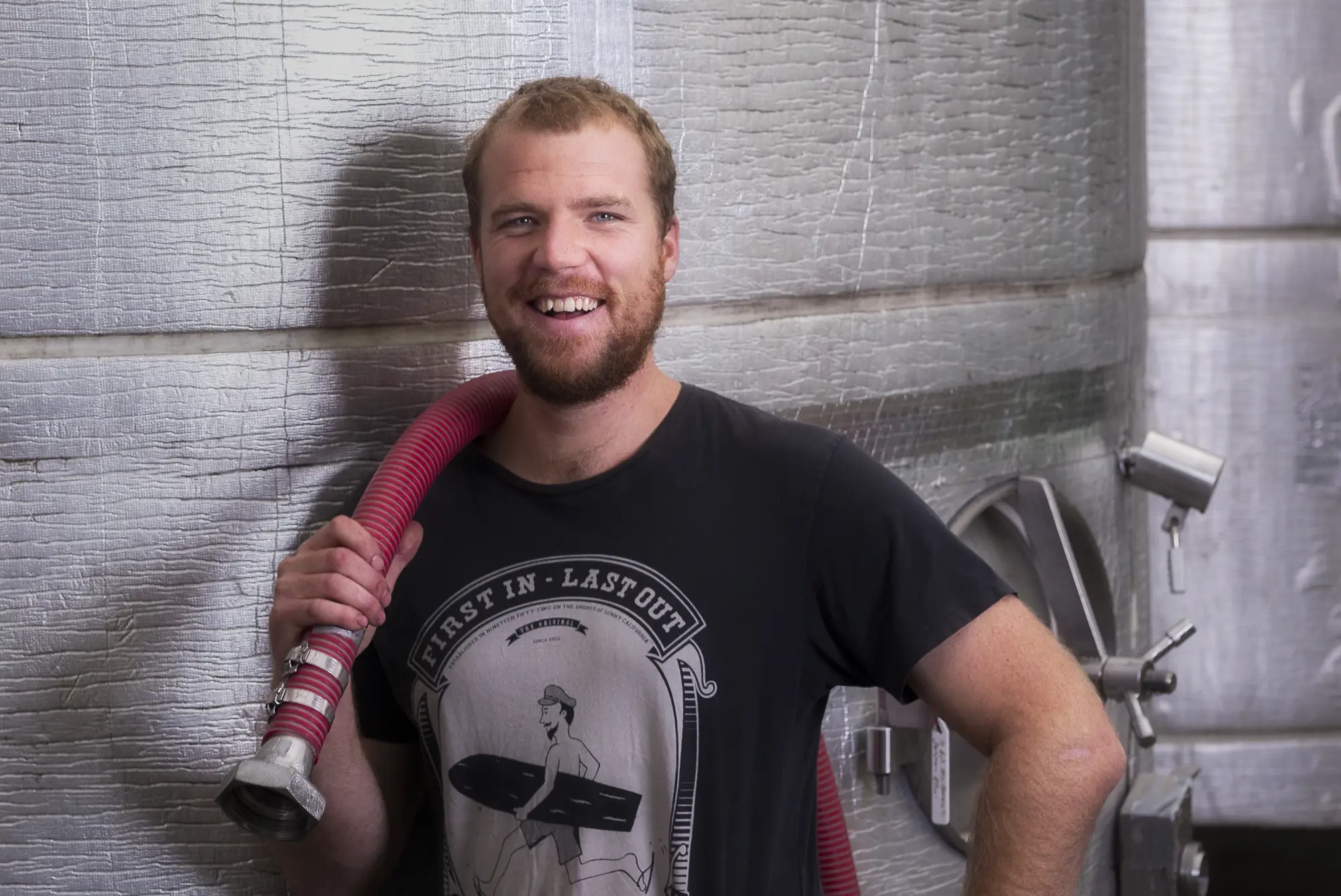
South Hill winemaker Spencer Jones, son of Phil Jones
